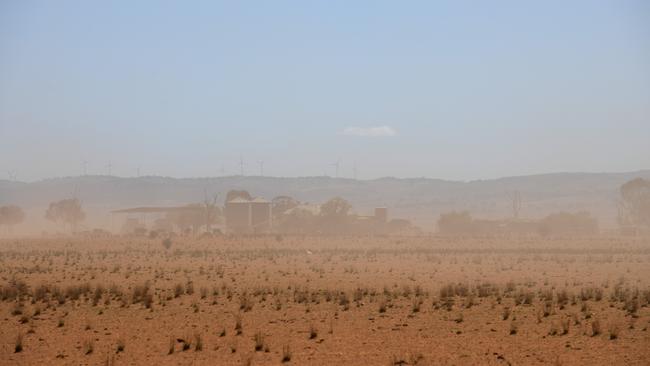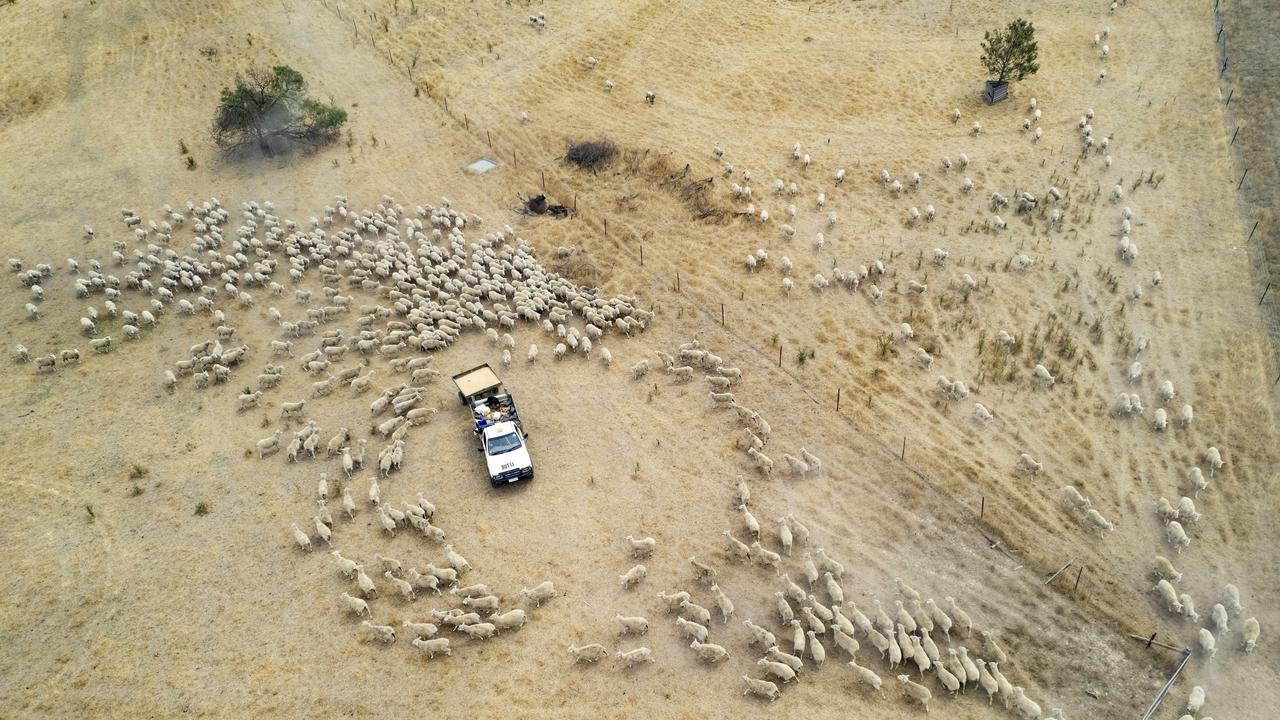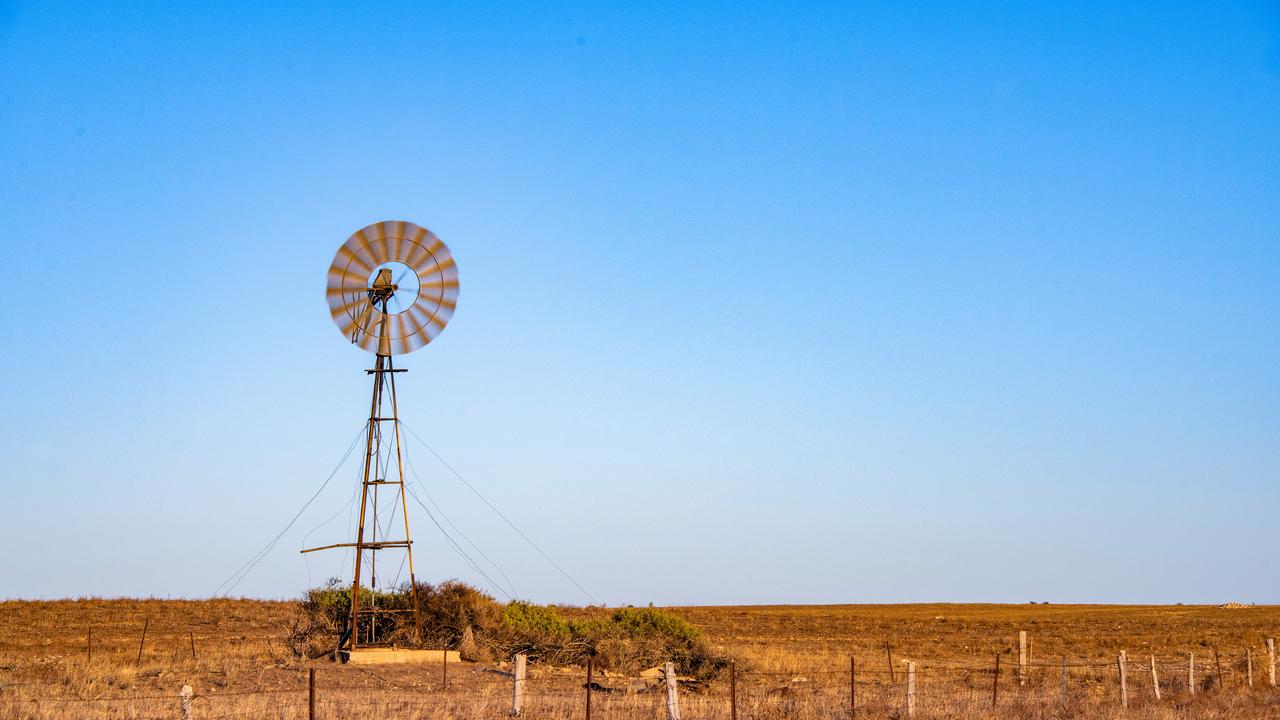Relief near as southeast Australia sizzles through heatwave
RELIEF is on the way from southeast Australia’s first summer scorcher, as the massive pool of superheated air passing over NSW and Victoria finally contracts to the north late Friday.

RELIEF is on the way from southeast Australia’s first summer scorcher, as the massive pool of superheated air passing over NSW and Victoria finally contracts to the north late Friday.
Much of the Riverina and northern Victoria have endured a week of 40C-plus temperatures, prompting concerns over increased fire danger, irrigation and stock water demand.
The risk of fires has been heightened, with the CFA’s grassland curing index showing most of the state’s pastures are now totally drained of moisture — 90-100 per cent cured.
Luckily for much of southern Victoria the heatwave is not being fanned by the usual northerlies, as south-westerlies streaming off the Southern Ocean to keep temperatures down.
But the Bureau of Meteorology is forecasting temperatures peaking at 47C in Hay and Deniliquin today, with 46C likely at Mildura, Swan Hill and Echuca.
Northern Victorian fruit growers will also be trying to counter the risk of fruit damage, as temperatures reach 46C across the Sunraysia and Goulburn Valley, before settling back to 40C tomorrow.
At this stage Goulburn Murray Water is able to meet all irrigation demands.
In the Sunraysia, Lower Murray Water reported demand reaching 4000 megalitres a day, which is still well below last summer’s 7000ML daily peak during a heatwave that kept temperatures above 35C for 14 days, from January 16 to 29.
But it’s still been a hot start to the year, with most regions across the Riverina and northern Victoria enduring temperatures well above 35C over 10 of the first 15 days of 2019.
As temperatures rise, water corporations are warning of more algal blooms across the southern Murray Darling Basin.
A massive fish kill along the Lower Darling has already gained enormous publicity, but this week LMW issued a red alert on a blue-green algal bloom at lock 11, near Mildura, with authorities concerned it was likely to spread.
The BOM reported the heatwaves of the past week were being driven by relatively slow moving pools of hot air forming over Western Australia, before making their way east.
Temperatures are expected to drop back to the high 20s or low 30s across the Riverina and northern Victoria by Saturday, with the some areas experiencing isolated showers and thunderstorms.


